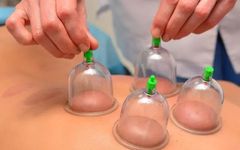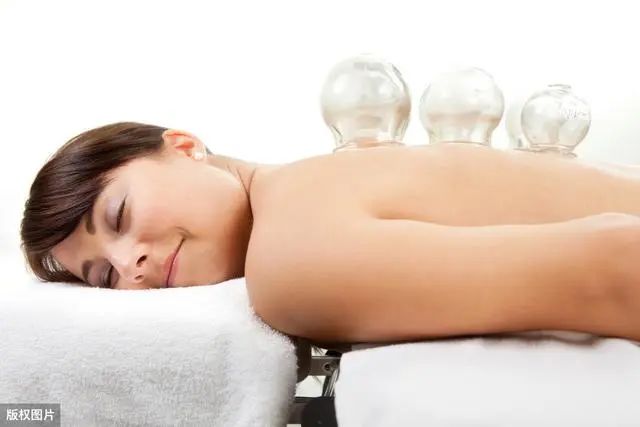
Cupping may seem simple, but it requires great attention to detail. Cupping must be performed by trained medical professionals; otherwise, it can easily lead to adverse effects. How can we ensure the safety of cupping? Experts suggest following these four steps:
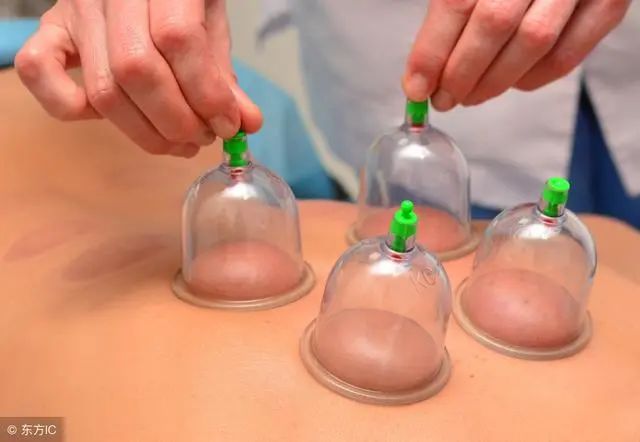
Step 1: Assessment
First, an assessment must be conducted before cupping to determine if the patient meets the requirements for the procedure. The following aspects should be evaluated:
① Patient’s condition, medical history, consciousness, mobility, and any sensory deficits;
② Patient’s constitution and the condition of the skin at the cupping site;
③ Patient’s psychological state and pain tolerance;
④ Cupping is contraindicated in the following situations: high fever with convulsions, coagulation disorders; skin ulcers, edema, and large blood vessels;
⑤ Pregnant women should avoid cupping on the abdomen and lower back.
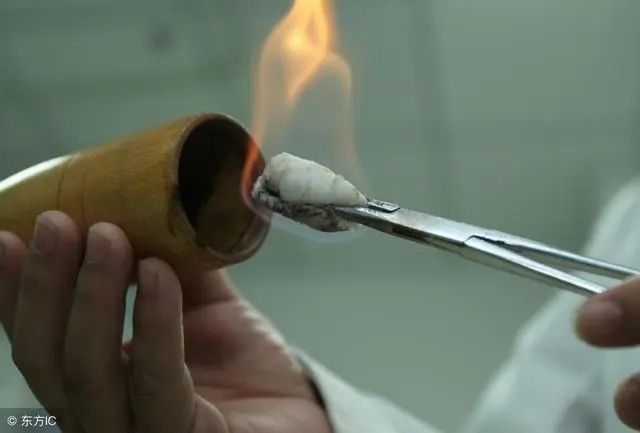
Step 2: Environment Check
Next, the surrounding environment must be checked to ensure there are no flammable materials and that the temperature is appropriate. Choose the right size of fire cupping based on the cupping site, and check that the rim of the cup is smooth and free of defects or cracks. Ensure that the 95% alcohol cotton balls are at the right moisture level; if too dry, the flame will be insufficient, and if too wet, the ignited alcohol droplets can become fireballs, leading to accidents.
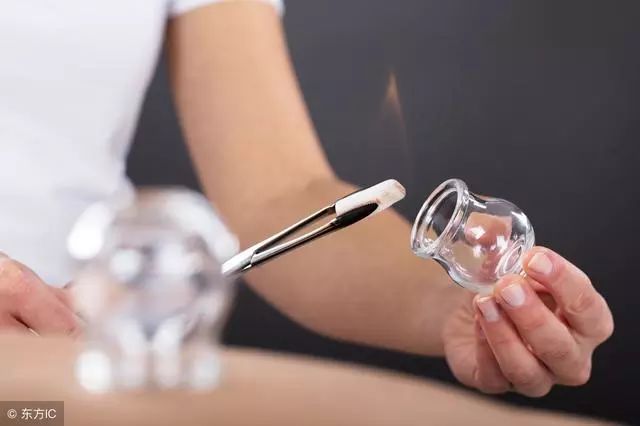
Step 3: Selecting Points
Furthermore, the location of cupping varies depending on the disease:
① For patients with low back pain,
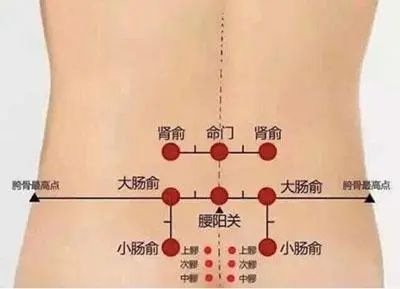
it is advisable to cup at points such as Shenshu (Kidney Shu), Dachangshu (Large Intestine Shu), Zhiyin (Zhi Bian), Huantiao (Jumping Circle), Chengshan (Cheng Mountain), and Weizhong (Weizhong);
② For patients with cervical spondylosis,
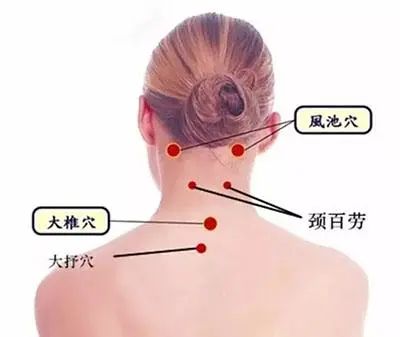
it is advisable to cup at Fengchi (Wind Pool), Jianbai (Jian Bai), Dazhui (Great Vertebra), and Jianjing (Shoulder Well);
③ For patients with knee pain,
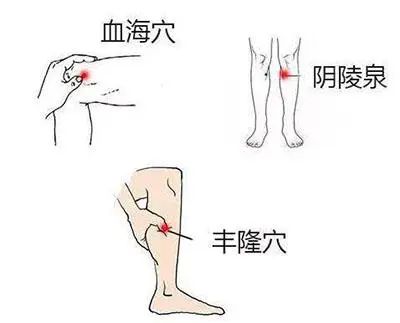
it is advisable to cup at Xuehai (Blood Sea), Liangqiu (Liang Hill), Yinlingquan (Yin Mound Spring), Yanglingquan (Yang Mound Spring), and Zusanli (Three Miles from the Foot).
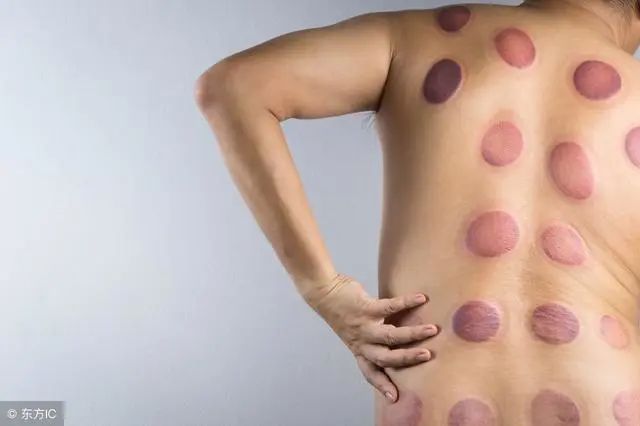
Step 4: Technique
The technique of cupping is also crucial. The actions during cupping should be steady, precise, and quick: “the placement of the cup should be steady; the point selection should be precise; the action should be quick.” The flame must not pass over or be too close to the patient, as this can cause burns if the flame accidentally falls. If the action is not quick enough, the negative pressure will decrease, rendering the treatment ineffective. The practitioner should continuously ask the patient about their feelings and check the suction status of the cups. The local skin should turn a purplish-red color. If the patient feels pain or excessive tightness, the cup should be removed promptly. When removing the cup, do so gently; do not pull forcefully. One hand should hold the cup while the other presses the skin around the cup to allow air to enter, facilitating a smooth removal. All used cups should be disinfected and reserved for individual use to prevent cross-infection.
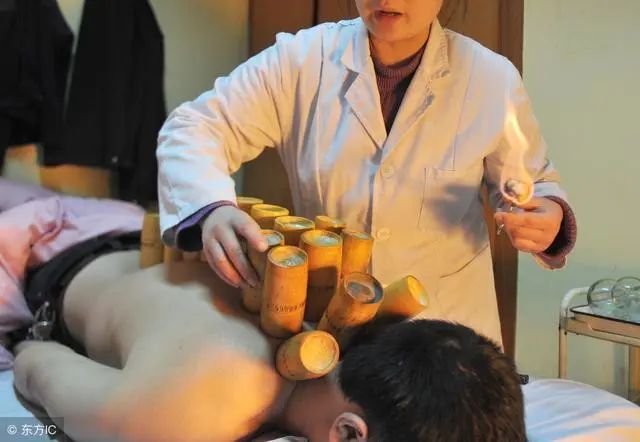
Five Important Considerations for Cupping
1. Do not cup repeatedly at the same location.
Some individuals, after falling ill, tend to cup repeatedly at the same spot, which can easily lead to skin damage, resulting in redness and swelling. To enhance treatment effectiveness, it is better to cup at multiple locations.
2. Avoid bathing immediately after cupping.
Some people like to take a shower right after cupping, thinking it feels good. However, this is incorrect; bathing immediately after cupping can lead to skin breakdown and inflammation, especially with cold water, as the skin is in an open state and is more susceptible to colds.
It is generally recommended to wait 1-2 hours after cupping before bathing, and to keep warm, with the bath water temperature slightly higher.
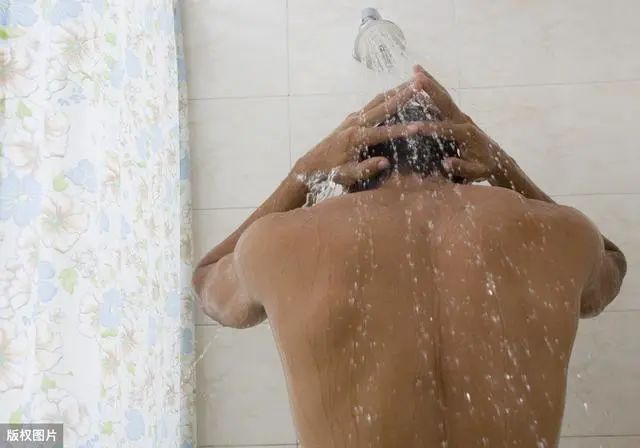
3. Longer cupping time is not necessarily better.
The duration of cupping does not need to be excessively long; some believe that cupping must produce water blisters to be effective, which is a misconception. Prolonged cupping can damage the skin and increase the risk of infection.
4. Patients with chronic lung diseases should be cautious with cupping.
Patients with chronic obstructive pulmonary disease (COPD), tuberculosis, lung abscess, or bronchiectasis are generally not suitable for cupping. When lung inflammation occurs, it is often accompanied by damage to the alveoli or fluid retention in the lungs. Cupping during this time can cause significant pressure changes in the thoracic cavity, leading to the risk of ruptured pulmonary blebs and spontaneous pneumothorax.
Alcohol can enter the bloodstream, affecting the vascular and respiratory centers, leading to the formation of methemoglobin and a decrease in blood pressure. Therefore, it is best to avoid alcohol before and after cupping.
5. Avoid drinking alcohol before and after cupping.
The primary function of cupping is to regulate Qi and blood, which is contrary to the effects of alcohol.

Cupping Therapy – Analysis of Cupping Marks
Cupping often results in various local reactions such as redness, purplish-red, dark purple, blisters, petechiae, and blood blisters, which can cause fear in the practitioner. Some individuals may doubt the efficacy of cupping due to a lack of understanding of these reactions. In fact, these color and shape changes are normal responses to cupping treatment and will gradually disappear with repeated cupping sessions. Generally, there is no need for concern, and they do not require treatment; they can be left to naturally absorb. Even if large blisters occur, simply disinfect the area with alcohol, puncture the blister, and drain the fluid; healing typically occurs within 3-5 days.
1. Dark purple cupping marks indicate insufficient blood supply and poor circulation, often representing Qi stagnation and blood stasis.
2. Purple cupping marks with patches indicate cold congealing and blood stasis; if the rim of the cup is dark purple, it often indicates fire toxicity. If purple marks are accompanied by patches, it suggests cold congealing and blood stasis, with varying degrees of purple indicating the severity of the condition.
3. Scattered purple spots indicate Qi stagnation and blood stasis.
4. Bright red cupping marks indicate Yin deficiency, Qi and blood deficiency, or excess Yang fire.
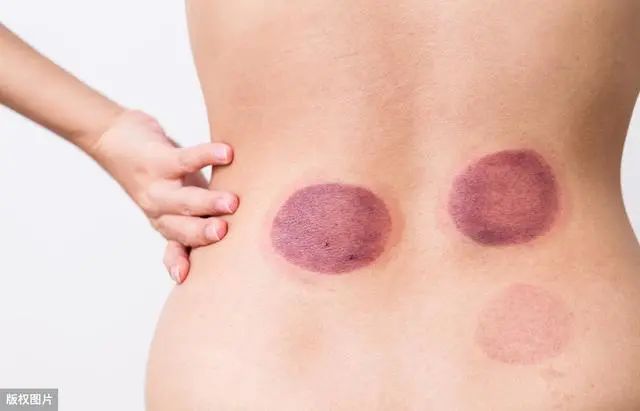
5. Red and dark cupping marks often indicate high blood lipids, high blood viscosity, and the presence of heat pathogens.
6. If the skin at the cupping site appears pale and feels cool to the touch, with the presence of white blisters, it often indicates a heavier presence of wind and dampness.
If the skin at the cupping site is pale without other symptoms, it suggests anemia, cold deficiency, or dampness; if the skin is pale and cool without white blisters, it indicates a heavier presence of wind and cold.
If white blisters contain white foam and the patient feels itchy during cupping, it suggests the expulsion of wind-cold and wind-dampness.
Grayish-white cupping marks that feel cool to the touch indicate cold deficiency and warm pathogens.
7. Cupping marks with skin patterns and mild itching indicate wind pathogens and dampness.
8. If there is moisture on the inner wall of the cup, it indicates the presence of dampness in that area.
9. The appearance of blisters indicates excessive internal dampness; if the blisters contain blood-tinged fluid, it is a response to heat and dampness toxicity. Yellow or green blisters with pus and viscous or jelly-like substances indicate severe inflammation.

10. Pain at the cupping site indicates the presence of fire toxicity; if the cupping site feels painful initially and then itchy, it suggests the expulsion of fire toxicity followed by wind-cold and dampness.
11. If there are no significant cupping marks or bruising, or if there is only mild redness that quickly fades after cupping, it generally indicates no disease or a mild condition.
12. If the color of the cupping marks gradually lightens or decreases during consecutive cupping sessions, it suggests that the condition is improving or nearing recovery.
13. The liquid extracted during needling and cupping can reflect different conditions. Generally, it is believed that:
Fresh blood indicates a mild condition;
Black or dark clots indicate significant stagnation;
Yellow fluid indicates damp-heat syndrome;
Clear fluid indicates cold-damp syndrome.
In general, based on the above observations of cupping mark color changes, combined with clinical symptoms, targeted cupping treatment can yield good results.


